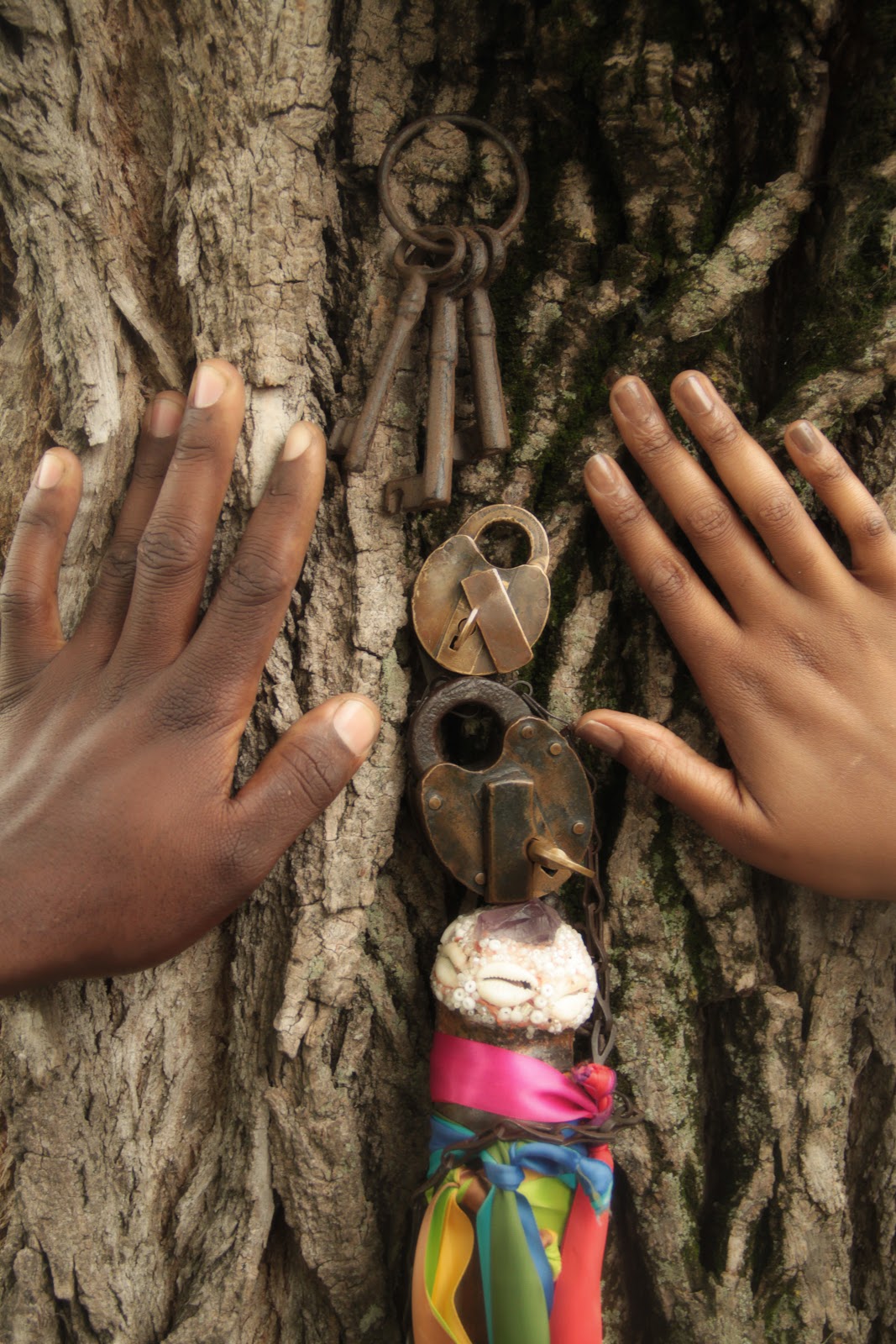“We want stories. We love stories. Stories keep us alive.” (Lambert, 2010)
Stories are told in many ways, whether it is done with intention or without. It could be portrayed visually, verbally, physically and most of the time it disperses meanings. It is meaningful, and when it comes to a purposeful and intentional telling of stories, there is definitely some planning going on in the background.
Digital story telling is one way to tell stories with the aid of gadgets that we have in this present day. I realized that I have been “curating” stories on social media and it is not at all something new for me. I have been watching stories crafted by friends on Instagram and I find those stories to be informative and I get to peek at how they are doing back home. It is also one way for me to catch up with what I have been missing out. By planning photos or videos to post, which sequence they should go and adding some filters, I have unconsciously curated stories for my friends on Instagram to “watch”. I want to tell a story, I want them to know what I have been up to in the States (currently). All of this becomes a routine and telling stories seems so natural and I guess this is what we do as human beings. We want to celebrate, heal and remember when we tell our stories or the stories of others (Lambert, 2010). Or at least we want people to know that we exist, matter and are relevant.
Harvey Milk digital story is presented in a simple manner. I do like that it doesn’t have a background music and there is only the voice of the narrators. It did move me as the focus was on Milk’s life and images of him doing things while he was alive. I guess if a background music was added, it would distract my focus on the storytelling. However when the narrating shifted to a different narrator, the story telling isn’t as powerful as the first part. Therefore I think it is important to be consistent, especially when doing a digital storytelling in a group.
The second video that I watched is “Newcomers Club of Richmond”. The narrator in this digital story telling has an enthusiastic tone and this kept me listening to the information until the end of the video. I love how the images are zoomed in and emphasized on newspapers clippings as it helps me to read what’s written while listening to the narration. The selected background music is subtle and that compliments the images displayed and the narrative. I’d definitely like to apply this technique in my digital story-telling.
The last video that I watched is “FYS Education”. Similar with the video on Harvey Milk, this video doesn’t include any background music. I’m starting to think if this is what the students learned from their digital story-telling class and if they are following advices given by their professors. I personally love the content of this video as it talks about the orphanage in Cambodia, the orphans and how these students from the States experienced life in this setting. However, there is one part of his narrative that is strongly biased or inappropriate when he said “there were a lot of aspect that were disgusting” when describing an open air market that he went to. That statement was accompanied by a photo of a slaughtered pig. Why do I find his statement to be inappropriate? He was commenting on an open air market, in a rural area located in a third world country. For the locals, such sight is common and I believe this kind of gross image can be found in an slaughterhouse in the States. Furthermore, throughout his description of his life with the orphans, he had been using a very neutral and hopeful tone and when he changed it while describing the open air market, it just does not fit in the whole picture/story.
Based on all three videos that I’ve watched, I notice the importance of keeping my story consistent and with a hopeful tone in order to create an overall constructive message. Maybe it is also a good idea to minimize the audio in my digital story-telling to lessen distractions from the narrative and images. Finally, I can’t wait to create my own soon
